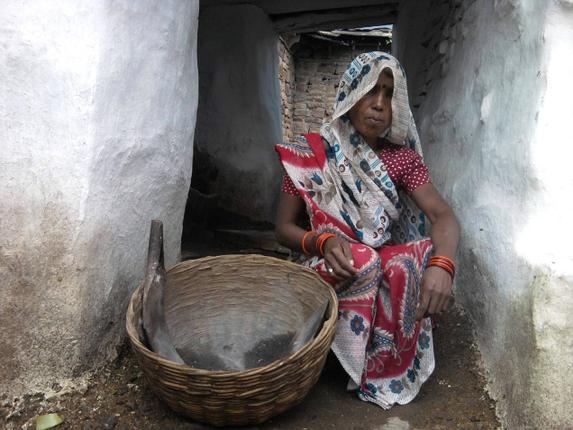Saluting the lesser-known working women and their valuable contribution on International Women’s Day.
1. It is estimated that around 1.3 million Dalits, mostly women, make their living through manual scavenging.
2.Traditional blacksmiths are usually nomads. Women from these communities indulge in hard labour just like their male counterparts, in addition to taking care of household chores.
3.Women working in the salt pans in the Prakasam district, Andhra Pradesh, get a very meagre payment of Rs 240 per head for 11 hours of arduous work against Rs 440 earned by men.
4.A report by National Commission of Women states a rural woman walks about 6 km a day to fetch potable water.
5. The estimated number of domestic workers in India is 2.5 million according to International Labour Organization’s 2011.
6.National Commission of Women states majority of workers in beedi industry — in some places as high as 80 per cent, are women. The industry is coupled with exploitation and innumerable health hazards.
7.Lancet journal stated that 5,00,000 girls were being lost annually through sex-selective abortions.
8.In rural India, agriculture and allied industrial sectors employ as much as 89.5% of the total female labour.
9. Textile mills largely rely on women labourers. South Indian textile mills employ young girls under Sumangali scheme where a part of their salary is withheld and paid as lumpsum at the time of marriage.
10. Though women form half the workforce in construction industry, they are never allowed to become masons. Glaring wage disparity can be seen as men earn 32 per cent more than women in this industry, according to Journal of International Women’s Studies.
11.Women constitute a large segment of street vendors in almost every city. According to the National Policy on Urban Street Vendors, 2009, women vendors earn a meagre Rs. 40 per day.
12.Forest produce is a major source of income among tribal women. Compared to their rural and urban counter-parts, 91 per cent of tribal women are engaged in cultivation, processing, storage and marketing






Leave a reply